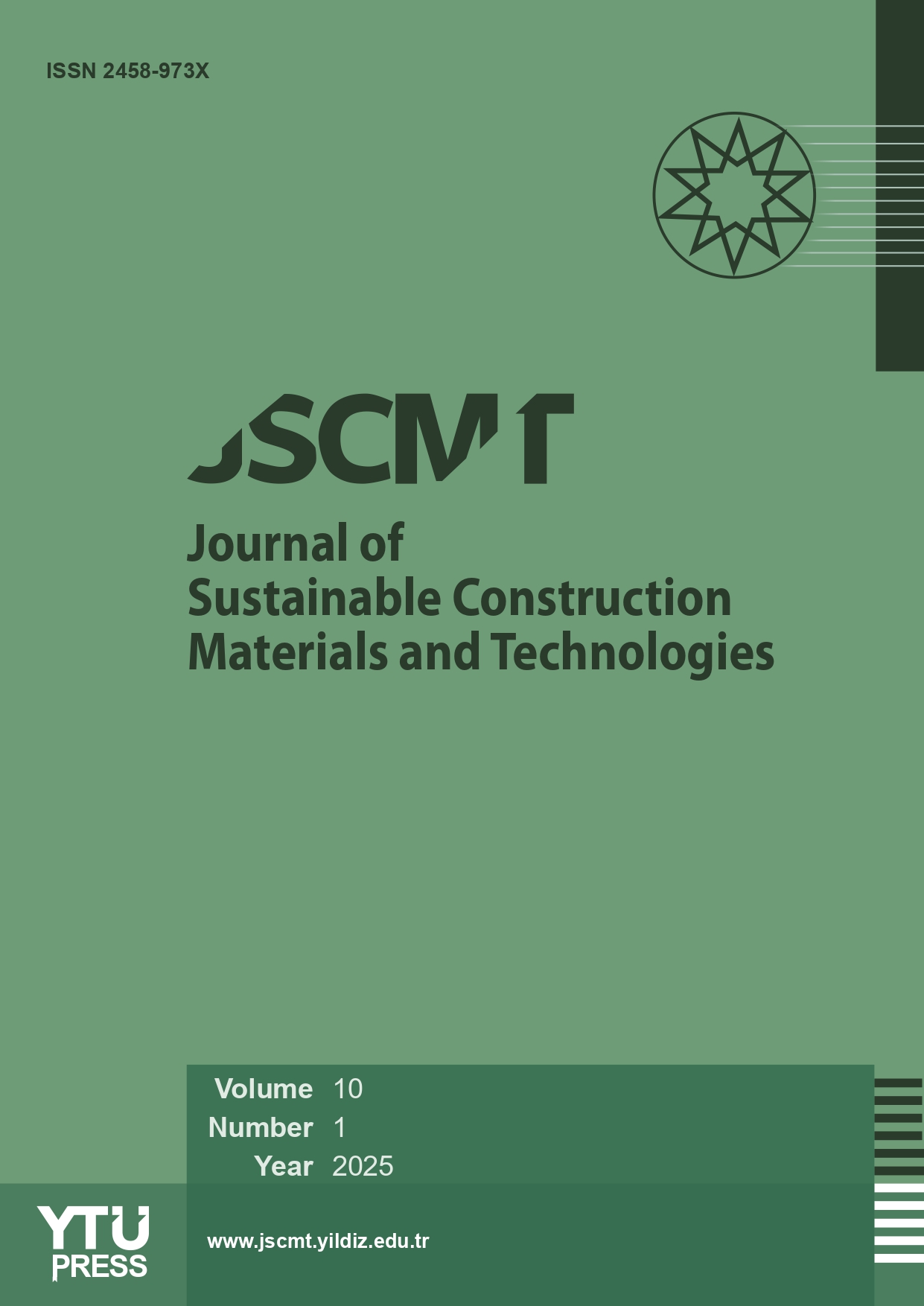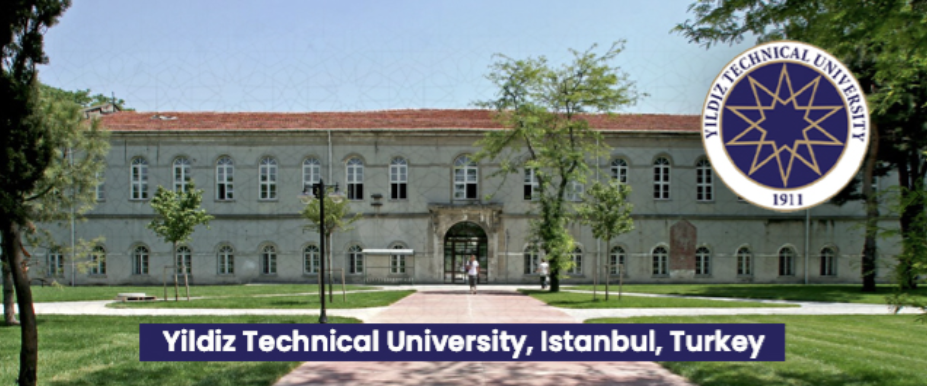Abstract
Geopolymer concretes a substitute for traditional Portland cement as a more environmentally sustainable alternative. In addition, one of the most significant advantages of geopolymer concrete is the high setting speed that can be achieved with thermal curing, that is, the short cur-ing period. Research on geopolymer concrete has focused on curing, where curing is usually done with conventional ovens. Microwave curing initiates heat generation at the molecular level, which results in a minimal heat increase on the surface of the specimens compared to traditional thermal curing methods. In addition, it provides internal, rapid, and homogeneous heating and rapid strength development. This study is based on research that examined the effect of microwave cure on the compressive strength of silica füme-modified geopolymer mortar. In the study, sodium silicate and sodium hydroxide were used for activation, and first of all, fly ash substituted geopolymer mortar specimens were subjected to conventional thermal curing in an oven. On the other hand, the mortar specimens with the same composition were subjected to short-duration (10 minutes) microwave curing at power levels of between 200-600 W. When the results were compared regarding compressive strength, void and percent water absorption, UPV, and SEM-internal structure examination, it was revealed that microwave curing could be used faster than the conventional oven curing method in silica füme-added fly ash-based geopolymer mortars. This research can be considered an essential step for further optimizing and popularising geopolymer concrete and microwave curing and proposes a method that should be considered in the future development of more sustainable construction materials.
















